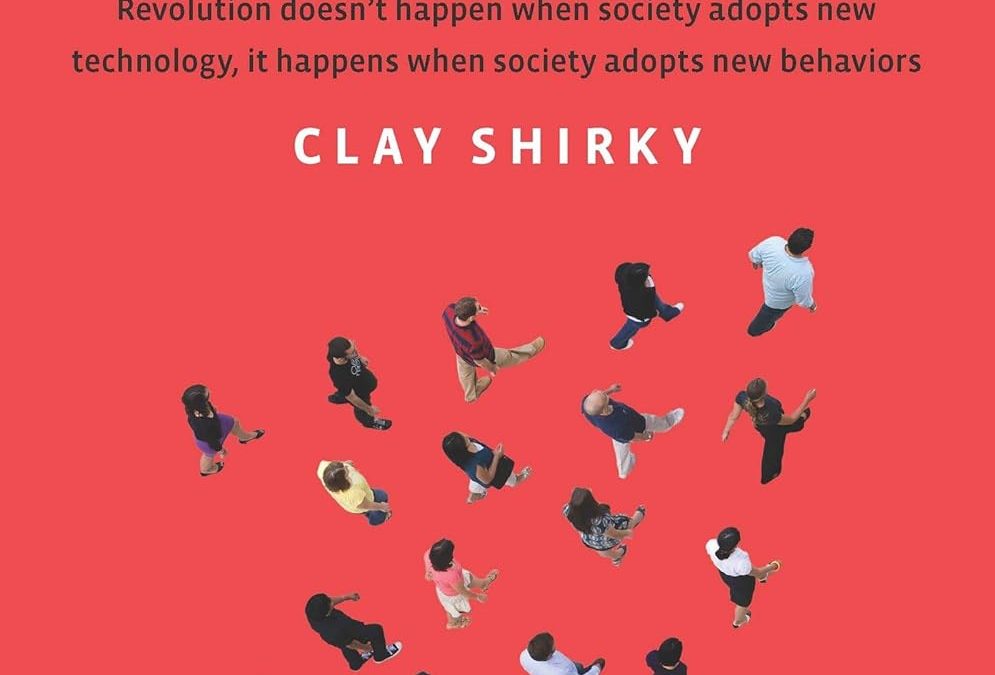Published at a pivotal moment when Facebook was emerging from colleges, Twitter was just gaining traction, and the iPhone was beginning to revolutionize mobile computing, Clay Shirky’s Here Comes Everybody is a foundational text for understanding the social and organizational revolution fueled by the internet. More than just a book about technology, it is a profound exploration of how digital tools are lowering the barriers to collective action, enabling groups to form, communicate, and collaborate without the need for traditional organizational structures or financial capital.
Core Idea
At its heart, Here Comes Everybody is about one simple but profound change: the internet has made it incredibly easy for people to form groups and collaborate without needing money or a formal organization to manage them. Clay Shirky argues that this shift is transforming how we work, create, and interact on a massive scale.
Key Core Concepts
1- The Collapse of Transaction Costs: This is the book’s most important idea. In the past, organizing a group of people was expensive and difficult (e.g., printing flyers, renting a hall, managing communications). These hurdles—called “transaction costs”—made formal organizations like corporations necessary. The internet has nearly eliminated these costs. Tools like email, wikis, and social media allow people to share, coordinate, and act together effortlessly, making it possible to achieve goals outside of traditional structures.
2- The Ladder of Participation: Not everyone in a group participates the same way. Shirky explains that healthy online groups have a natural hierarchy:
- Most people are passive consumers (they just read or watch).
- A smaller group occasionally contributes (they comment or share).
- A very small percentage are the dedicated creators who do most of the work.
This model explains how Wikipedia can function with so few active editors relative to its vast number of readers.
3- Promise vs. Pitfall: Shirky balances his excitement with a clear-eyed look at the challenges.
- The Promise: Effortless group action leads to amazing things—from finding a lost phone to building a massive, free encyclopedia. It enables new forms of collaboration and creativity that were previously impossible.
- The Pitfall: These same tools can lead to chaos, misinformation, and “tragedy of the commons” problems where a shared resource is abused because no one is in charge. The book explores the constant challenge of maintaining group effort without stifling it with too many rules.
4- Publish, Then Filter: Shirky contrasts the old and new media models. Traditional institutions (like newspapers) had to filter content first, then publish it. On the internet, we publish first (a blog post, a tweet, a video), and the group then filters what’s good or important through sharing, liking, and linking. This empowers amateurs and experts alike to contribute to the global conversation.
Final Thoughts
Here Comes Everybody is not a step-by-step guide to social media; it is a brilliant and accessible framework for understanding why the digital world feels the way it does. While some of its specific examples (like Flickr) feel dated, the core principles are more relevant than ever. They are essential for understanding everything from open-source software projects to online fan communities.
Shirky’s great strength is his ability to use simple, compelling stories to explain complex sociological shifts. The book is optimistic about human potential but realistic about the challenges of coordinating it. It remains a foundational and highly recommended read for anyone looking to understand the fundamental forces that continue to shape our connected world.
